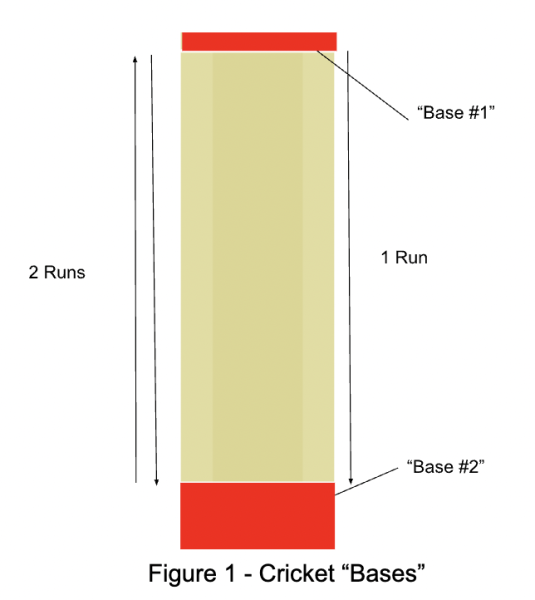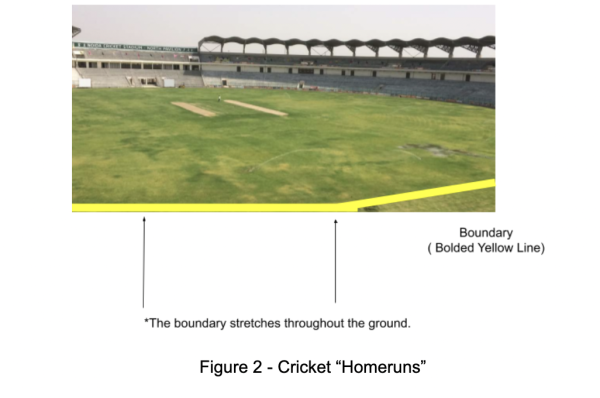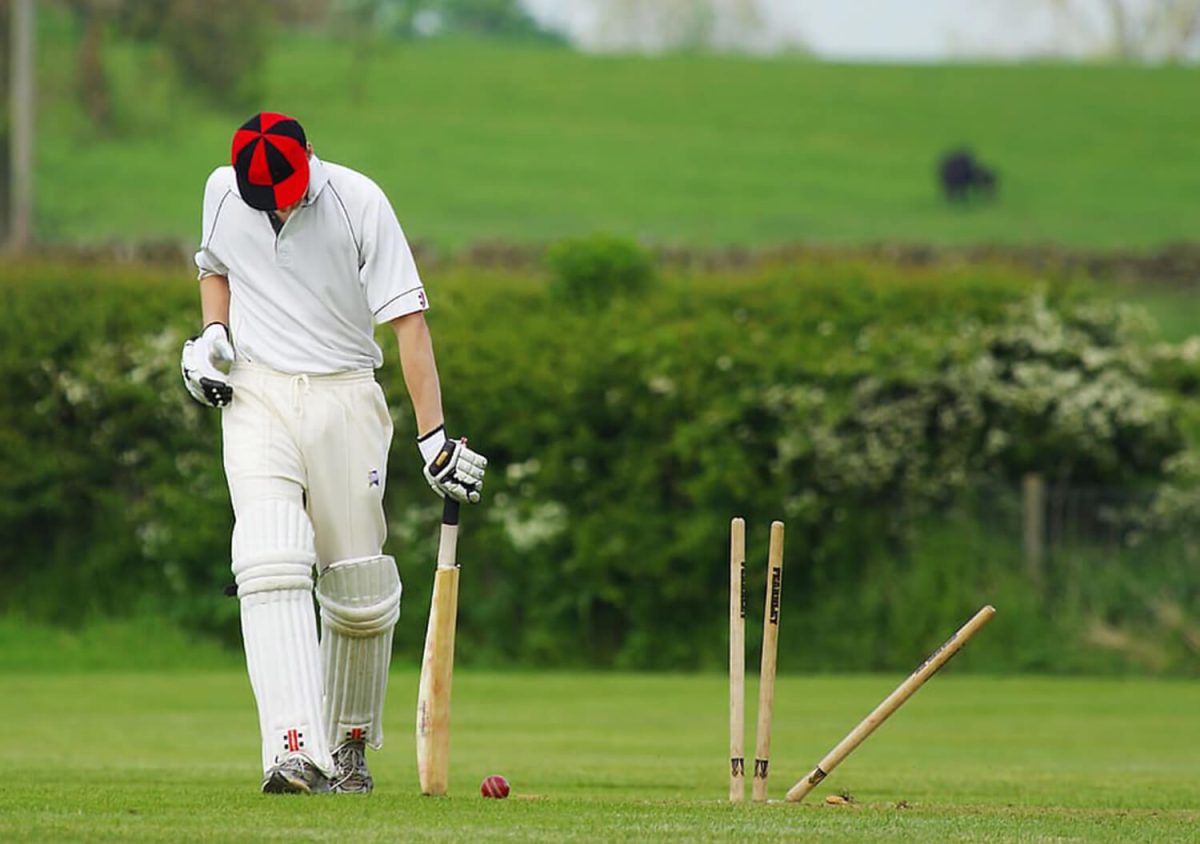May 4th, 2024. This isn’t an ordinary day. It isn’t even a normal school day with classes.
It is cricket day.
That’s right. Bats, balls, gloves, pads, stumps, and helmets will be out (see the slideshow above).
Sure, these terms above might sound the same in baseball, but cricket is a whole different sport. Baseball developed from cricket (that’s right).
The first international cricket match was played between USA and Canada. These countries are still rivals, in fact, both teams just played a five match T20 series which are short games of cricket lasting about 4 hours. The series can be viewed here.
Big Question #1: Does cricket have bases?
Cricket does not have bases, but for your understanding, you can think of cricket as having two bases (known as creases) from which the player runs back and forth.

The length of one run is the distance from one crease to another or the distance from one red area to another. To complete two runs you must run from one red area to the other – this counts as one run – and then you must run back to your original position.
Big Question #2: Can I expect to see home-runs?
Yes and no. Baseball has home-runs, but cricket doesn’t. Cricket has fours and sixes.

If the ball makes contact with the bat, and the ball ends up touching the boundary, that counts as four runs. If it goes over the boundary without any bounce, that counts as six runs. This is the cricket equivalent of a “homerun”, except that there are many home runs in one game. Yesterday, there were 38 “home runs” hit in a cricket match.
Big Question #3: When the pitcher (or whatever you call it in cricket) throws the ball, does ithave to bounce?
1st, we call pitchers bowlers in cricket. 2nd, bowlers bowl the ball. What does that mean? Cricket bowlers have to make a full arm rotation when bowling the ball (the maximum bend angle that’s allowed is 15 degrees).
The ball doesn’t have to bounce, but that’s preferred. Balls that don’t bounce typically are hit for sixes (cricket “homeruns”), but can also be used for getting batsmen out.
Phew, you have racked your cricketing brains enough for this week. I’m glad that you were able to learn a little about cricket. Stay tuned for next week’s article if you want to learn more!









![iStock. (n.d.). Anonymous business partners making handshake in shadow [Photograph].](https://digitalsentinel.org/wp-content/uploads/2025/04/Screenshot-2025-04-16-at-3.42.57 PM.png)